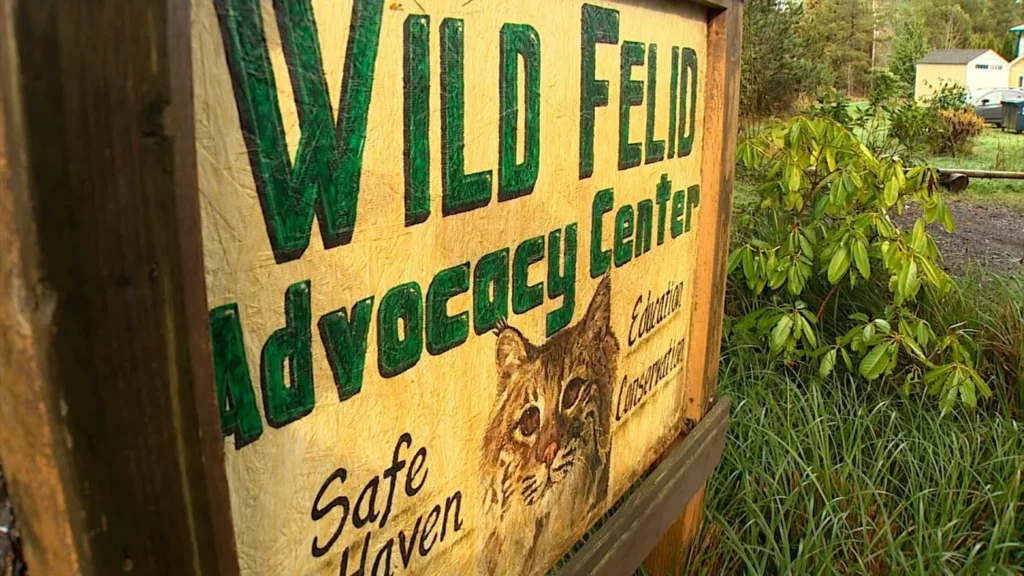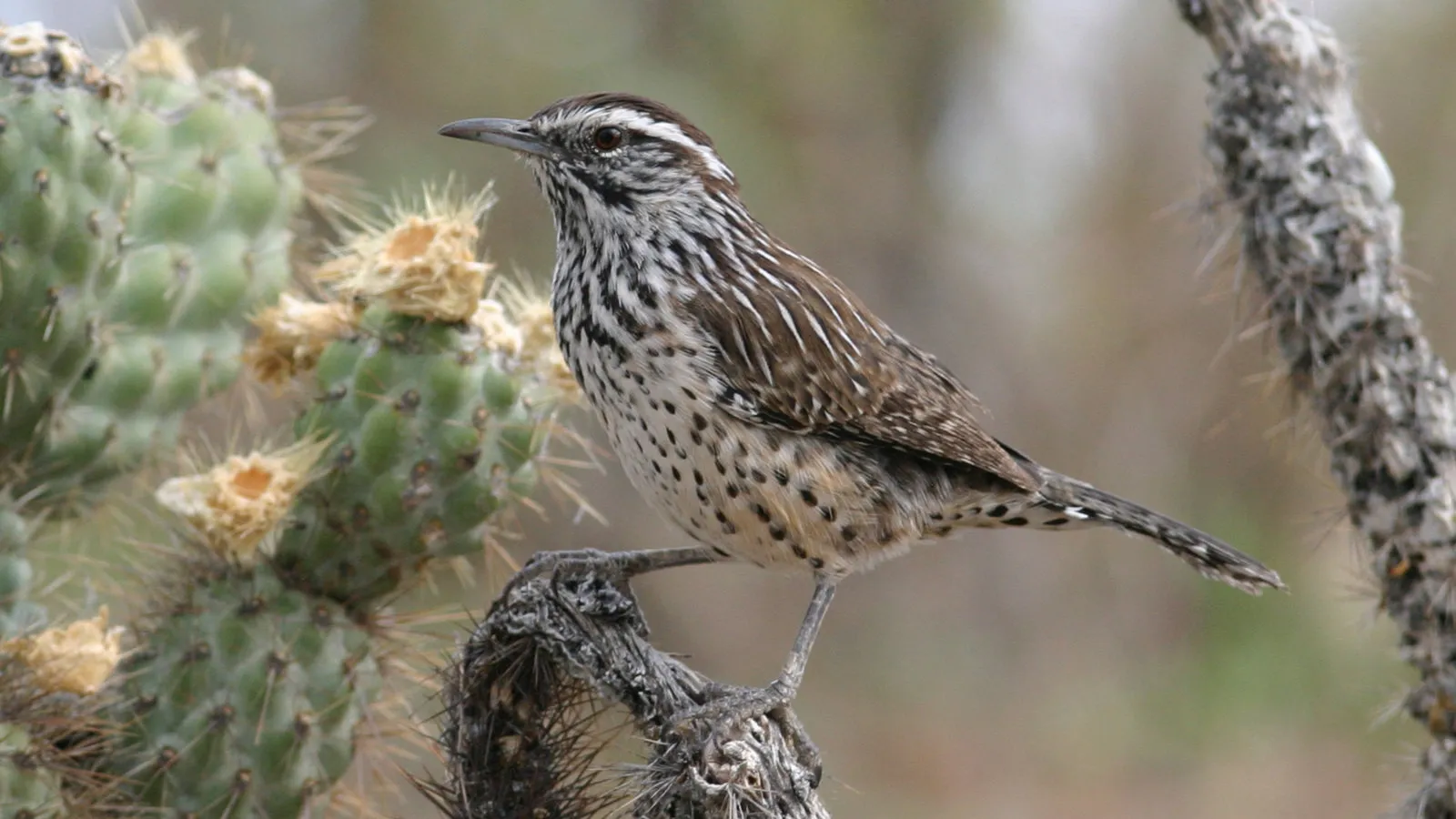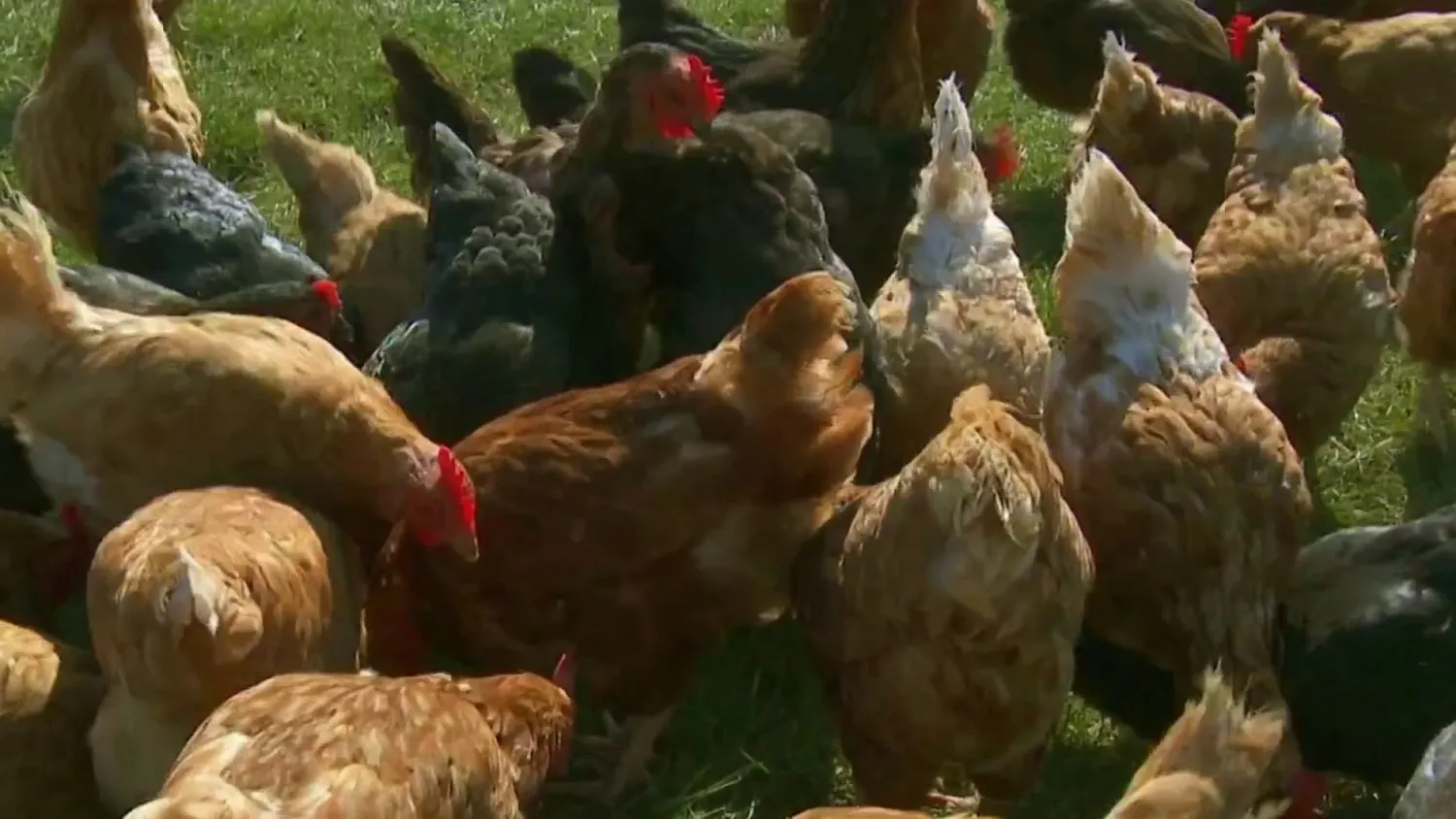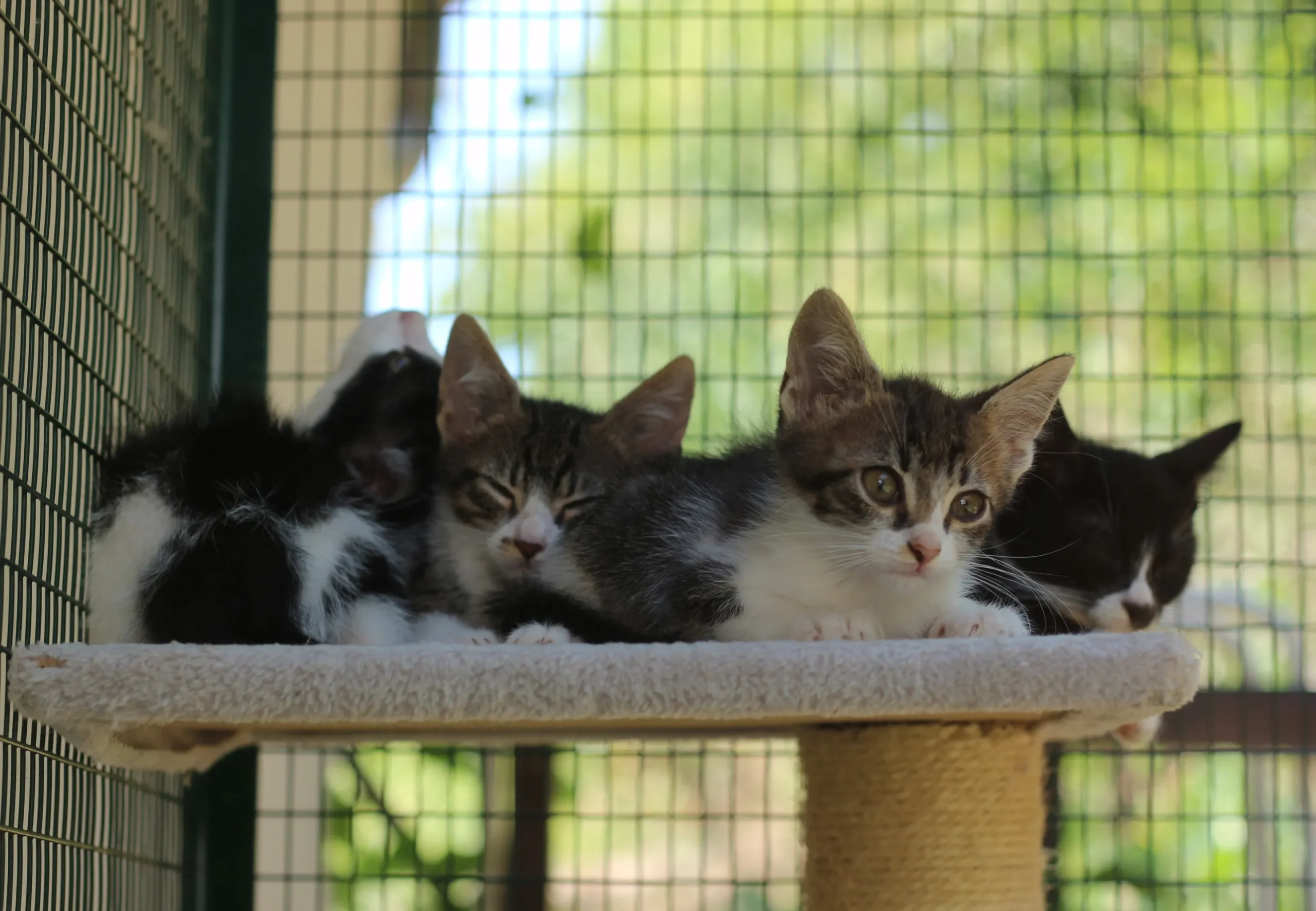
In a devastating turn of events at the Wild Felid Advocacy Center of Washington, an outbreak of bird flu has resulted in the deaths of more than half of the sanctuary’s big cats. The mysterious and sudden spread of the virus has left the remaining animals in critical condition and the sanctuary staff grappling with loss and uncertainty.

Search for Answers and Preventative Measures
The sanctuary, located in Shelton, Washington, 22 miles northwest of Olympia, faced an unprecedented crisis when the first signs of illness appeared around Thanksgiving. Mark Mathews, the director and cofounder of the center, described the initial symptoms as subtle but rapidly progressing, leading to fatalities within just 24 hours. Among the 20 fallen were several beloved species including African servals, bobcats, cougars, Canada Lynxes, and an Amur-Bengal tiger mix.
“Tabbi the tiger was a fun-loving animal, always eager to greet me,” Mathews recounted, his voice tinged with sorrow. “People just loved her. It’s a significant loss not just for us but for everyone who connected with these magnificent creatures.”

Community and Global Concerns
This incident has not only impacted the local community but also highlighted the broader implications of zoonotic diseases like the H5N1 strain of bird flu, which can affect both animals and humans. Although it is rare for humans to contract the virus through direct contact with infected animals, the increasing incidence of such infections has raised alarms globally.
The outbreak at the sanctuary adds to a series of bird flu cases across Washington state, prompting increased vigilance from wildlife and health authorities. With the disease affecting a range of hosts, from dairy cattle to wildlife, the urgency for effective control measures and public awareness is more pressing than ever.

Looking Ahead: Challenges and Hope
As the Wild Felid Advocacy Center of Washington battles through one of its darkest periods, the support from the community and the dedication of its staff provide a glimmer of hope. Donations have been pouring in to aid the sanctuary’s recovery efforts, and there is a collective effort underway to ensure the health and safety of the remaining animals.
